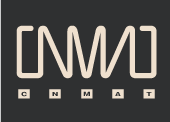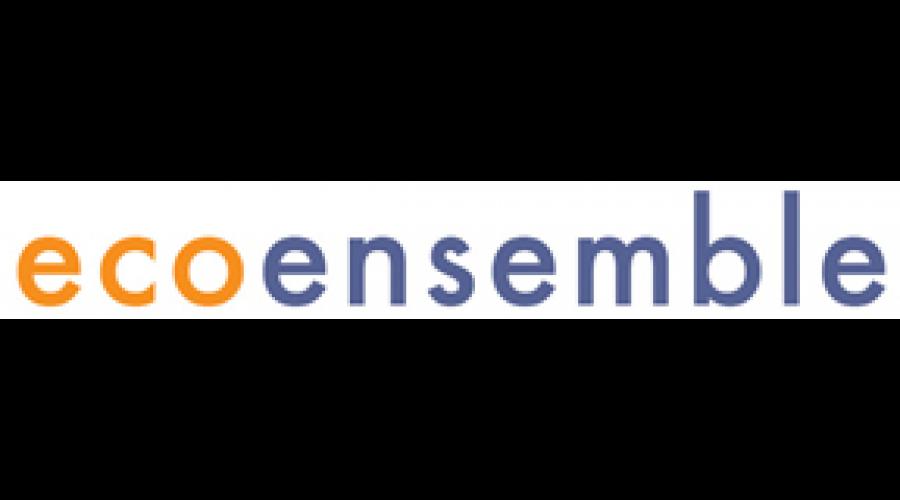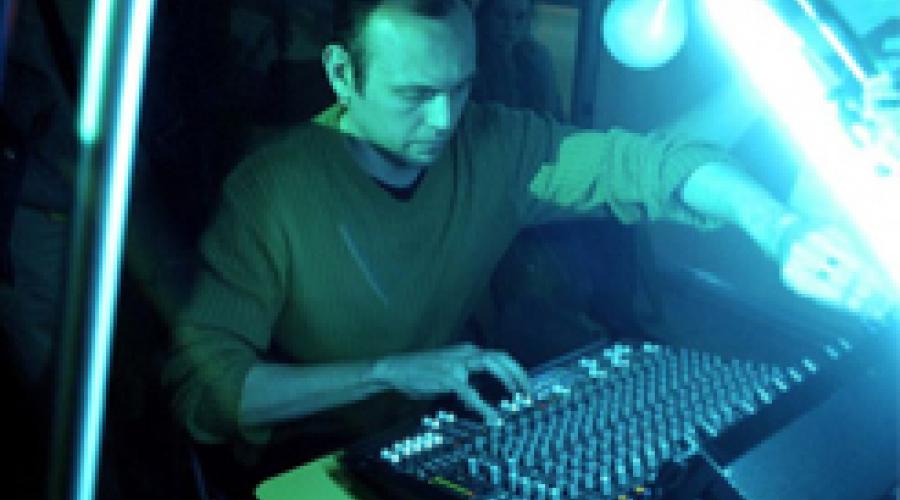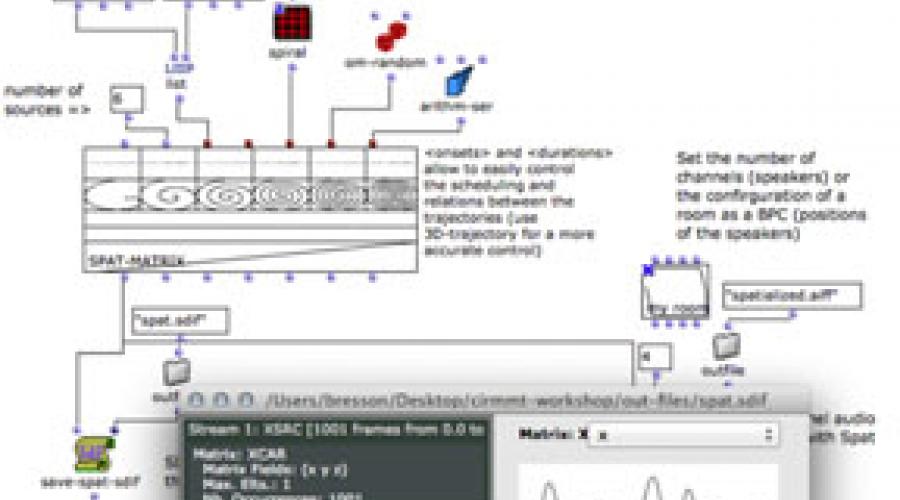Archive
CNMAT Flashback
A look back at some items in our archives.
Marko Ciciliani : All of Yesterday's Parties
OpenMusic Workshop
Archive Browser
touchOSC
#Overview
[http://hexler.net/software/touchosc|touchOSC] is an iOS and Android application for sending and receiving Open Sound Control messages over WIFI using UDP. It combines easily with the OSCBundle library.
[http://youtu.be/9dIPox581Rg|watch a video demonstration on youtube]
#Getting Started
OSCMessage
#Overview
OSCMessage is the basic class which implements all of the OSC 1.0 specification which includes the data types 32-bit integer, 32-bit float, string, and blobs (byte array), as well as pattern matching and two-way communication over a transport layer.
#Making an OSCMessage
OSCMessage API
#Constructor
OSCMessage( char * address );
The constructor must have the address of the message as an argument.
void empty();
empty frees all of the data contained in the message, but retains the address.
#Adding Data
OSCMessage& add ( int data );
OSCMessage& add ( double data );
OSCMessage& add ( float data );
OSCBundle
#Overview
An OSCBundle is a group of OSCMessages. OSCBundle is an implementation of OSC Bundles with support for the four basic data types and 64-bit timetags. OSCBundles are the preferred method for sending OSCMessages because the OSCBundle manages the memory of the OSCMessages, timetag support, and integrity of all the OSCMessages contained in the OSCBundle.
#Creating an OSCBundle.
OSCBundle API
#Creating a Bundle
OSCBundle(uint64_t timetag = 1);
The constructor accepts a timetag which defaults to 1 (immediate).
void empty()
Empties all of the messages in the OSCBundle.
#Adding Messages
OSCMessage& add(char * address);
OSC for Arduino and Embedded Processors
This project provides an OSC library for Arduino, Teensy and related embedded processor platforms. It is the most feature-rich implementation of the [http://opensoundcontrol.org/spec-1_0|OSC] encoding for these platforms.
Features:
- Supports the four basic OSC data types (integers, floats, strings, and blobs) and some common type extensions
Controlling Arduinos from another application using the OSC for Arduino library
#Overview
Get and set pin values and microcontroller state with OSC using a simplified message system.
Currently, there are controller patches made for Max/MSP, and PD.
Examples for Processing, and touchOSC are coming shortly.
Features:
- Read the analog or digital value of every pin
- Write values to the pins: LOW/HIGH (0/1) and PWM (where supported)
Credits
micro-OSC was a project of the research group at the Center for New Music and Audio Technologies, UC Berkeley.
History of Max/MSP links
2013 Summer Workshop Syllabus
<table border="1">
<tr>
<th>Monday</th>
<th>Activity</th>
<th>Speaker</th>
</tr>
<tr>
<td>10am - 12pm</td>
<td>Intro to Max environment; Debugging, probing; What is hidden state? Q&A</td>
<td>Jeff Lubow</td>
</tr>
<tr>
<td>12pm - 1pm</td>
<td>Lunch Break; Lunch provided</td>
<td>n/a</td>
</tr>
<tr>
Introduction
Introduction:
— http://cycling74.com/docs/max6/dynamic/c74_docs.html
Please download materials from these three locations:
— https://github.com/CNMAT/CNMAT-MMJSS/archive/master.zip
— http://cnmat.berkeley.edu/downloads (External objects including the odot objects)
— http://cnmat.berkeley.edu/downloads (MMJ depot)
CNMAT Downloads page:
Various links
This site (great resource, including our free downloads, pedagogy and research overviews, events listings, member blogs, resource library and various papers published throughout the years):
https://cnmat.berkeley.edu/
CNMAT on github:
https://github.com/CNMAT/
Patches from the week
This serves as a repository of the patches we've gone over throughout the week.
[inline-center:skiing.png]
[inline-center:grog.png]

Software authorizations database
Anytime file is changed, please rename with the convention: year/month/day e.g. 100824 for August 24, 2010. The main document list is maintained by the Music Department Sound Technician.
The Max authorizations database is currently maintained by Jeff Lubow.
Jean Bresson Open Music Workshop (CNMAT) Documentation
Link to Jean Bresson's Open-Music Workshop presented at CNMAT in September of 2013. Excellent materials for getting started with Open Music.
http://repmus.ircam.fr/bresson/enseignement/cnmat-workshop
This workshop will introduce the basic notions of computer-aided composition and provide participants with training in the OpenMusic environment.
BNMP/ECO Student Concert Policies, Deadlines, Expectations
BNMP/ECO Student Concert Policies, Deadlines, Expectations
All pieces involving technology in Hertz Hall must have a tech rider submitted along with score and parts. Refer to Jay Cloidts instructions for preparing tech rider and stage diagram.
Laptop video & audio in Main Room
# Instructions (updated 4/23/2014)
CNMAT MAIN ROOM: Audio patching using dedicated laptop and Focusrite Liquid Saffire 56 interface
A permanent laptop computer is wired to the Safire audio interface. A ReadMe file (launches on startup of the computer) explains how to use it to load presets for easy analog access to the 8-channel system without using an additional computer:
Eco Ensemble protocol for programming pieces with technology.
Eco Ensemble protocol for programming pieces with technology.
No piece involving electronics can be programmed without first seeing the full score, mapping the full technology picture and estimated costs. The technical materials (Max patch etc.) must be fully testing all the electronic materials.
WHAT NEEDS TO BE DONE:
Rear Studio Hard Drive Backup Summary
#CNMAT Rear Studio hard drive and backups summary (updated 5/6/14)
Drives on the Rear Studio Mac now:
• Internal Mac HD: 500GB
• Tenney External: new Glyph RAID 2TB
• New Pedagogy Archive: new Glyph RAID 2TB
• GMAX External: OWC RAID 1TB
• Sample Libraries: new Glyph RAID 2TB
• Time Machine: OWC 1TB
• (plus drive dock for floating project drives)
Time Machine backup:
CNMAT Users Group - Roles, Duties, Governance, and General Information
Practices, policies, roles and expectations related to the CNMAT Users Group
Last updated: May 2014 (Valle)
CUG General Contact: Ravi Kitappa



